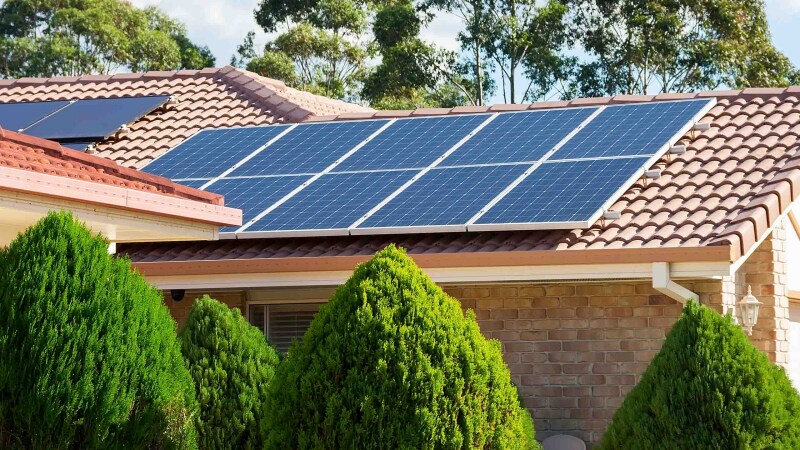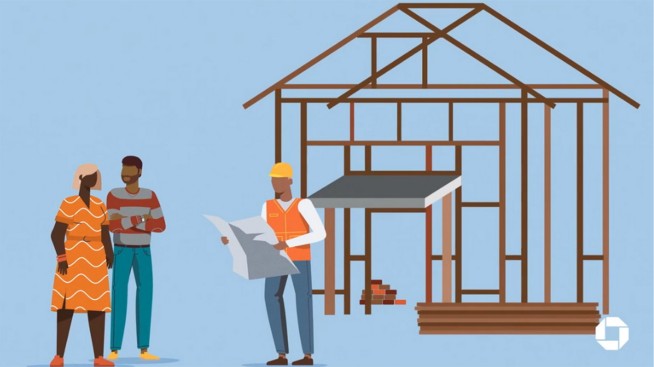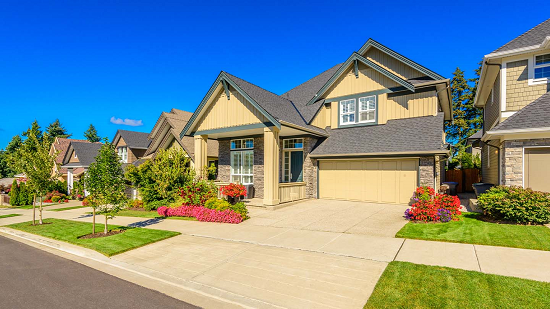Sustainable homes: Your guide to eco-friendly living

In a world increasingly focused on climate change, sustainable living practices have taken center stage. Sustainable homes showcase innovative, eco-friendly design principles and features that help the ecologically aware take more ownership of their carbon footprints. Join the conversation as we explore the world of sustainable homes and how they may contribute to a greener future.
What is a sustainable home?
You may be wondering, “What is a sustainable home?” This also begs the question, “What is sustainability?” At its very core, the practice of sustainability means making eco-friendly (or friendlier) choices in daily life. Depending on what your life or career looks like, this may mean choosing eco-friendly tools, eco-friendly packaging or eco-friendly farming practices.
So, when you have a “sustainable home,” you have a property where an honest effort has been made to lower its carbon footprint. With sustainable homes, consideration is given all the way down to the materials used to build or renovate, and how they’re producing and conserving energy.
Overall, what makes a home sustainable may be dynamic depending on what resources the homeowner is able to invest. However, there are key practices that go into the design of a sustainable home that have been developed over time.
How do you design a sustainable home?
Passive design is a term you may hear about surrounding the design of sustainable homes. Passive design focuses on green architecture and ways to orient the home in a way that takes advantage of its natural surroundings. It aims to make the most of heating and cooling techniques and generally optimize the running costs of the home.
Orientation, spatial zoning, thermal mass, ventilation, insulation, glazing and shading are core components of designing a sustainable home:
- Orientation: Orientation is how your home is positioned relative to the sun.
- Spatial zoning: Spatial zoning, or purposefully creating specific zones based on function, may help a home’s temperature remain consistent and prevent pockets of air from escaping.
- Thermal mass: Thermal mass is a material's ability to absorb and release heat.
- Ventilation: Designing for ventilation means you’re optimizing the ability for air to properly flow throughout the space.
- Insulation: Insulation prevents heat from escaping — something you’ll come to appreciate in the cold weather.
- Glazing: Glazing essentially means glass. When you “glaze” a home, you’re installing glass windows or doors. If you have a design with a lot of glass, double glazing is recommended because glass tends to allow heat to escape more easily than other materials.
- Shading: Shading involves blocking sunshine. This is done on the exterior through roofing, installing shingles and other similar practices. It is also done on the interior by installing things like window shades.
Types of sustainable homes
In addition to passive design, there are other types of more sustainable homes on the market. For example, prefabricated and tiny homes.
Prefab homes
A prefabricated, or prefab, home is made of parts that are produced and partially assembled in a factory. These “puzzle” pieces are then transported to a home lot and assembled to make the home structure. Prefabs are considered a sustainable alternative because the factories are more likely to use upcycled materials and a manufacturing process that produces less waste overall.
Tiny homes
A tiny home is a compact living space, typically spanning no more than a few hundred square feet. Tiny homes tend to rely on hyper-efficient design layouts to make the most of their limited space. Due to their size and emphasis on minimalism, tiny homes may reduce consumption of energy.
Features of sustainable homes
Whether you’re building, renovating or looking to reduce your carbon footprint, here are five features of sustainable homes:
- Appliances with an ENERGY STAR® label: ENERGY STAR® is the federal government’s official efficiency rating system.
- Investing in solar panels: Solar panels sustainably source the sun's energy to help power homes as opposed to using traditional forms of electricity powered by fossil fuels.
- Opting for high-performance windows: High-performance or energy-efficient windows help conserve energy by preventing thermal leakage.
- Installing smart thermostats: Smart thermostats can automatically adjust your home's temperature and turn off heating or cooling systems when the home reaches an optimal temperature, as opposed to letting the system run and wasting energy.
- Water-conserving showerheads and toilets: Water-conserving showerheads and toilets may help reduce water waste.
Do note that the above features are not an exhaustive list of what makes a home sustainable.
In summary
Passive design, prefabricated and tiny homes are all examples of contemporary sustainable home design practices. Energy-efficient appliances with the ENERGY STAR label, solar panels and smart devices are some common strategies to help make your home more sustainable. Whether you’re a first-time homebuyer or building or renovating a home, there are several ways to improve your property and invest in a greener future at the same time.
Sustainable homes: FAQs
1. Is green housing more expensive?
Green housing, or sustainable housing, may be more expensive if you’re looking at making new investments or renovations toward a green home. However, it may save you money on your utility bills in the long-term.
2. Can you make a traditional home more sustainable?
Yes, you can make a traditional home more sustainable by investing in such things as solar panels, energy-efficient appliances and better insulation.
3. Are there incentives for sustainable homes?
Yes, other than potential savings on utilities, there may be tax incentives for making sustainable investments. Do consider speaking with a professional to understand what type of green mortgages and other sustainable investments may provide you with tax incentives.
4. Where are the best places to build eco-friendly homes?
There is not one best place to build an eco-friendly home. However, building it so that it is optimized to its environment is generally considered preferable. For example, orienting your home so that solar panels get maximum sun exposure, or paying special attention to insulation in a colder climate.



